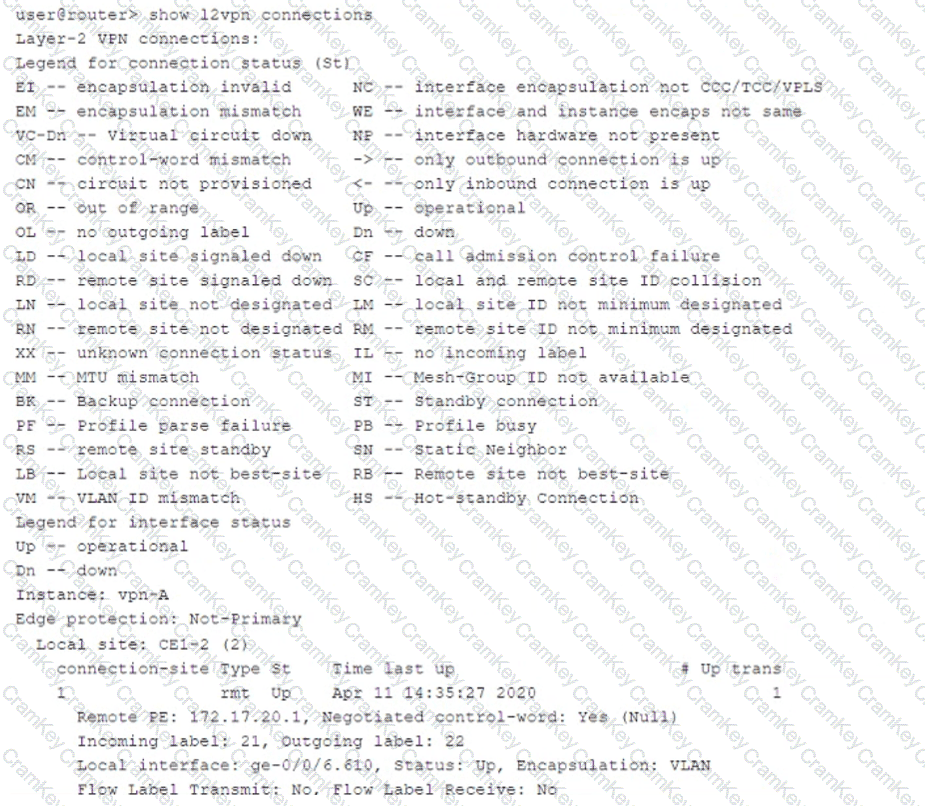In PIM-SM (Protocol Independent Multicast - Sparse Mode), the Designated Router (DR) plays a crucial role in multicast forwarding. The DR is responsible for various tasks depending on whether it is connected to the source or the receiver. Let's analyze each statement regarding the PIM DR in a PIM-SM domain.
1. **Statement A: The source DR sends PIM register messages from the source network to the RP.**
- Correct. In PIM-SM, the DR on the source's local network is responsible for encapsulating multicast packets in PIM Register messages and sending them to the Rendezvous Point (RP). This process ensures that the RP is aware of active sources.
2. **Statement B: If the DR priorities match, the router with the lowest IP address is selected as the DR.**
- Incorrect. The correct rule is that if the DR priorities match, the router with the **highest** IP address is selected as the DR. The election process first compares priorities; if priorities are equal, the IP addresses are compared to select the DR.
3. **Statement C: The receiver DR sends PIM join and PIM prune messages from the receiver network toward the RP.**
- Correct. In PIM-SM, the DR on the receiver's local network sends PIM Join messages toward the RP to join the multicast distribution tree. Similarly, it sends PIM Prune messages to leave the tree when there are no interested receivers.
4. **Statement D: By default, PIM DR election is performed on point-to-point links.**
- Incorrect. By default, PIM DR election is performed on multi-access networks (e.g., Ethernet). On point-to-point links, there is no need for a DR election as there are only two routers involved.
**Conclusion**:
The correct statements regarding the PIM DR in a PIM-SM domain are:
**A. The source DR sends PIM register messages from the source network to the RP.**
**C. The receiver DR sends PIM join and PIM prune messages from the receiver network toward the RP.**
**References**:
- Juniper Networks Documentation on PIM-SM: [PIM-SM Overview](https://www.juniper.net/documentation/en_US/junos/topics/concept/pim-sparse-mode-overview.html)
- RFC 7761, Protocol Independent Multicast - Sparse Mode (PIM-SM): [RFC 7761](https://tools.ietf.org/html/rfc7761) which details the PIM-SM protocol, including DR roles and election procedures.
